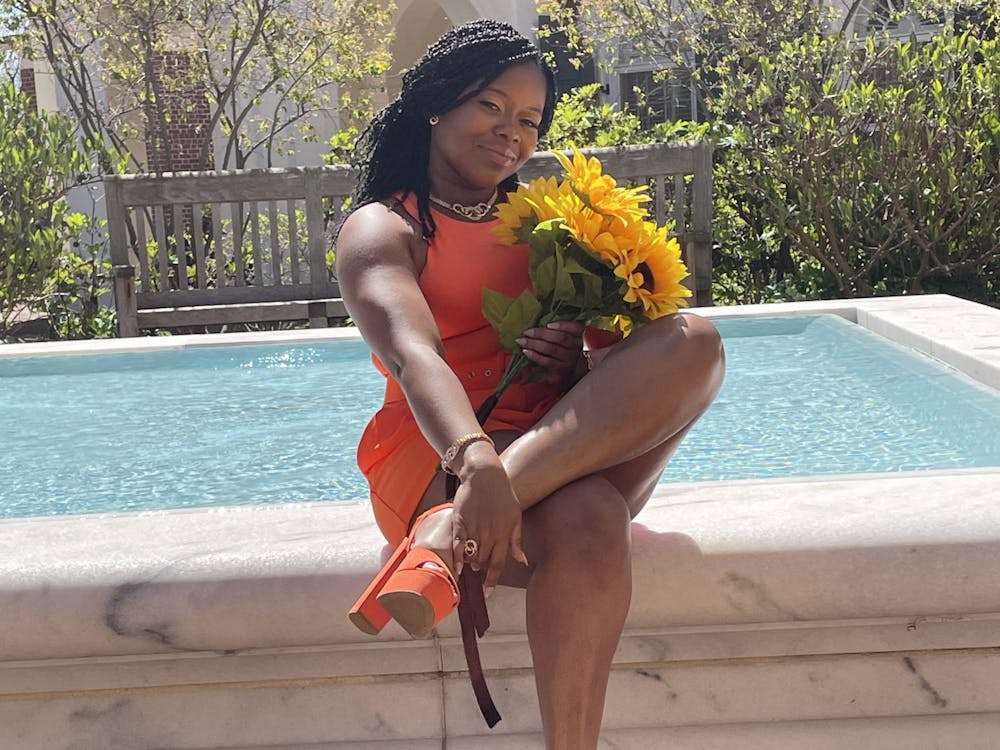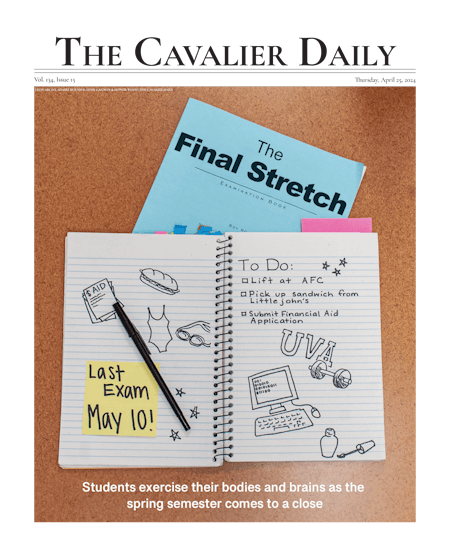Doctor. Lawyer. Engineer.
When it comes to talking about career choices, a whole generation of kids have been raised with these three words of advice embedded into their premature minds. Growing up in an immigrant family, I remember clearly dinner table conversations with my parents in which we would discuss my future career:
Me: I want to be a wr—
Dad: No, you want to be a Doctor.
Mom: Or lawyer or engineer.
Grandmother: Just don't become a writer.
Unfortunately, it isn't just our elders. Across America, educators and schools have inadvertently coddled kids into a limited set of career pathways. Our outdated K-12 education system is hardwired to push kids into the fields of math and science while simultaneously shutting down other creative pursuits, based on an antiquated mindset that these subjects are more “important” than the humanities. Of course, the sciences are vital for any country’s economy; everything from new medications to high tech robotics stem from these fields. But art and design are usually shrugged off immediately after kindergarten — seen as “easy” and “fun,” they are eventually dropped in favor of “core” classes like science and math. You may ask, “Why is art education even important? How will I get a job in a career like that?” The biggest worry many have about studying the humanities is the lack of pay and opportunity. Fortunately, the prospects are changing.
In his book “A Whole New Mind,” author Daniel Pink writes about enormous new shifts in the 21st century that are bound to change the foundations of what we consider to be practical careers. Pink argues that during the 20th century, engineers and researchers allowed for the rapid progression of the industrial revolution, thus forming the upper echelon of society, but that in todays post-industrial world, these careers matter less. Specifically, Pink remarks that with the modernization of other countries, more engineers and scientists are available for cheaper wages. As a result, there has been an outsourcing or flat-out disappearance of many STEM jobs. Conversely, what is instead becoming highly valued is the role of the designer and artist. As engineering reaches its maximum potential, design and aesthetics become more important for both consumers and manufacturers. In the developed world, almost all our basic utilities work and function correctly; what sets products apart is almost purely their design. The automobile industry is demonstrative of this shift in focus from engineering to aesthetics. Anne Asenio, a design director for GM, remembers, “Going back to the 1960’s, marketing reactors were more focused on science and engineering . . . and neglected the importance of the other side of the brain,” which controls the artistic/aesthetic senses.
In talking about their cars, Mercedes Benz’s Gorden Wagener, a design chief, puts it like this: “Mercedes-Benz is the brand best able to present automobile design as an art form in an authentic way.”
Former Chief of Design for BMW Chris Bangle goes so far as to say in his speech “Great cars are great art” that “cars are an expansion of yourself [and] cars are a sculpture.”
“Sculpture.” “Expansion.” “Art.” All three of these leading figures give a clear sense that aesthetics is the new utility in the automobile industry. This new design focus is applicable to almost any product on the market today — from sleek-looking toasters to stylized kitchen utensils, the vast majority of consumer products are becoming differentiated more by their aesthetics and less by their engineering.
Yet our primary education system hasn't responded in the slightest to this rise in demand for designers and artists. Only a handful of dedicated design high schools exist in the United States, with most focused in large metropolises like New York City, and one of the oldest design high schools in America was only founded in 1990. Focusing on design or aesthetics is almost never emphasized as a core part of the curriculum in K-12 schooling. Mass examination tests like the SAT push for a specific type of intelligence; they force students to think linearly and to pick single correct answers, rather than asking questions that require other types of creative thinking. Even the english portion on the SAT has more to do with grammar and syntax than creative writing, and with the newly formated SAT, even the writing section has become optional. Simply put, high school curricula stress subjects that have right and wrong answers like maths and sciences far above subjects that have no real “answers” like art and writing.
While the world will always need doctors and engineers, and while the power of science and math should never be understated, the need for artists and designers is becoming more and more important, and our primary school systems fail to address this need. Art and design should not be deemed ancillary to the sciences; and with the turn of the 21st century, they are becoming all the more pragmatic.
Hasan Khan is a Viewpoint Writer.




